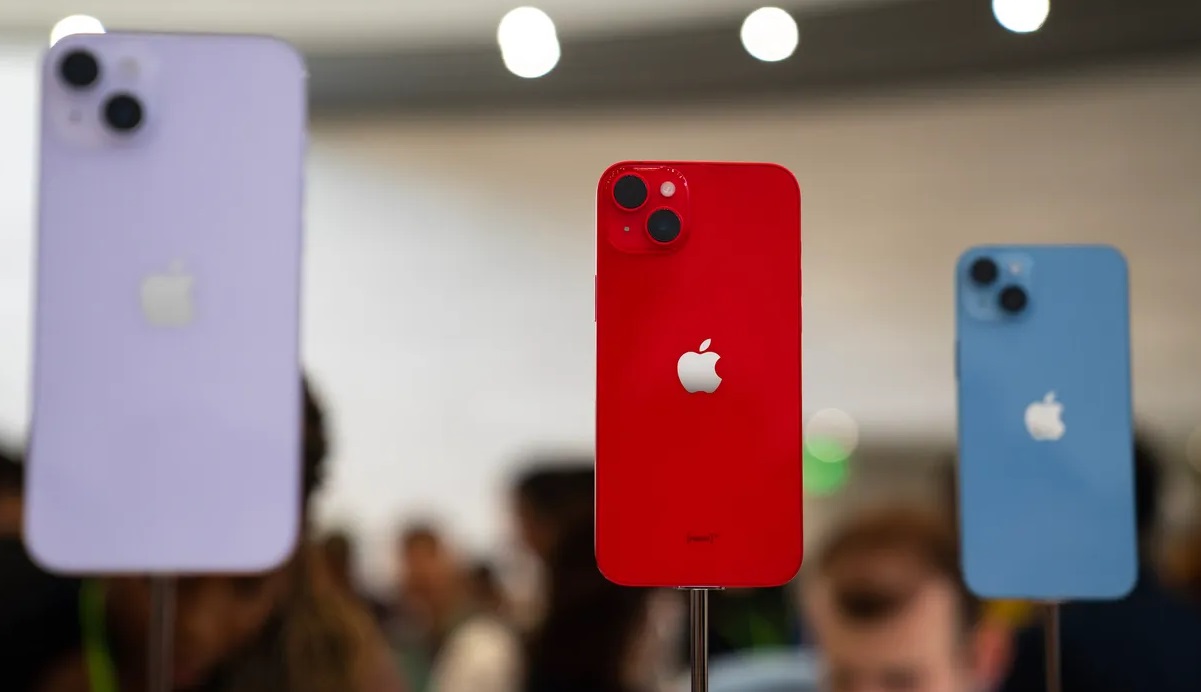Apple’s latest iOS update, version 17.4, comes with a range of enhancements and new features designed to improve the iPhone user experience. Although it’s not a major overhaul, this incremental update introduces several improvements that boost device functionality and user experience. Here are the key highlights of iOS 17.4:
New Emojis
iOS 17.4 adds new emojis to the collection, which enables users to express themselves in new and fun ways. Users now have a broader range of emoticons, from diverse symbols to new faces, making their communication more engaging and expressive.
Detailed Battery Health Information
With iOS 17.4, you can access more detailed information about your battery’s health to gain insights into its capacity and peak performance capability over time. With this information, you can confidently decide about your device usage and charging habits.
Send Messages with Siri in Multiple Languages
Siri has become more versatile than ever. Users can now send messages in different languages, which makes communication across linguistic contexts much easier. Whether you are talking to friends or colleagues from different parts of the world, Siri’s linguistic flexibility ensures that language barriers are no longer an obstacle.
New Digital Clock Widget
iOS 17.4 brings a new digital clock widget that allows users to customize their home screen further. This sleek and functional widget provides easy access to the time, and users can choose from various design options to create a personalized home screen that suits their aesthetic preferences and workflow.
Enhanced Stolen Device Protection
Protecting your iPhone from theft or loss is crucial for safeguarding valuable data and personal information. iOS 17.4 expands on existing security features with more stolen device protection options, such as remotely locking your device, tracking its location, or initiating a remote wipe. These features give greater control and peace of mind when securing iPhones.
Music Recognition Integration
iOS 17.4 integrates music recognition functionality, allowing users to quickly identify songs and add them to their library or playlists. Whether at a party, in a cafe, or simply exploring new music, this feature enhances your music discovery experience by enabling quick and effortless song identification and organization.
Biggest changes for users living in the EU
The biggest update of iOS has been designed to comply with the Digital Markets Act of the European Union. The update includes a feature that allows users to download apps from third-party app stores in Europe. However, Apple will still control which apps are allowed from these third-party stores. Additionally, with the new iOS 17.4, users can use alternative payment methods through Apple Pay and NFC. It is also worth noting that the region’s Progressive Web Apps (PWA) will not be disabled.
Although iOS 17.4 does not introduce groundbreaking changes globally, but Apple’s commitment to improving the iPhone user experience is evident. This update includes expanded emojis, improved battery health insights, and enhanced security features, catering to both practical and functional aspects of smartphone usage. As Apple continues to iterate and innovate, iOS 17.4 represents another step forward in providing a seamless, intuitive, and feature-rich mobile operating system for iPhone users worldwide.
